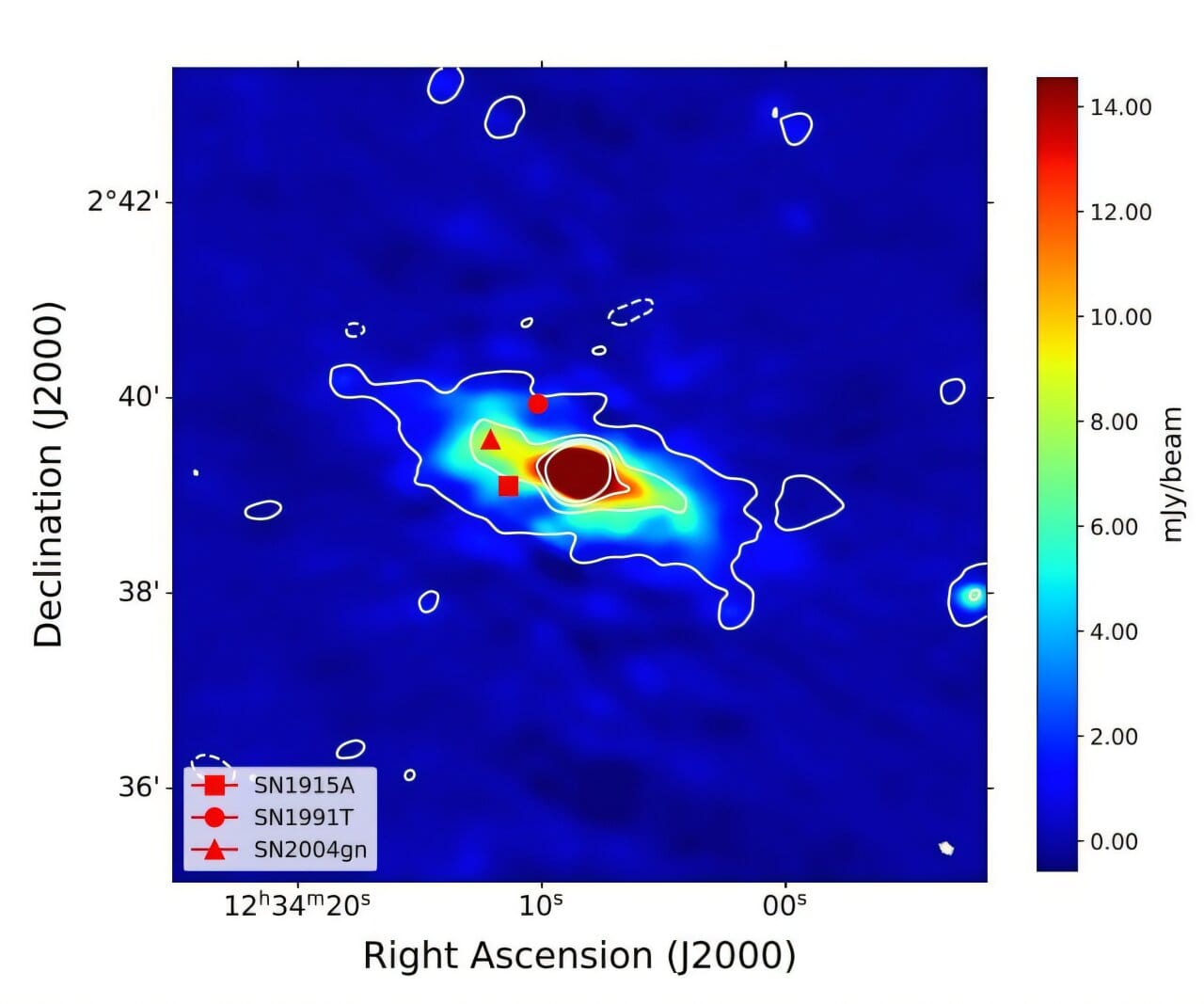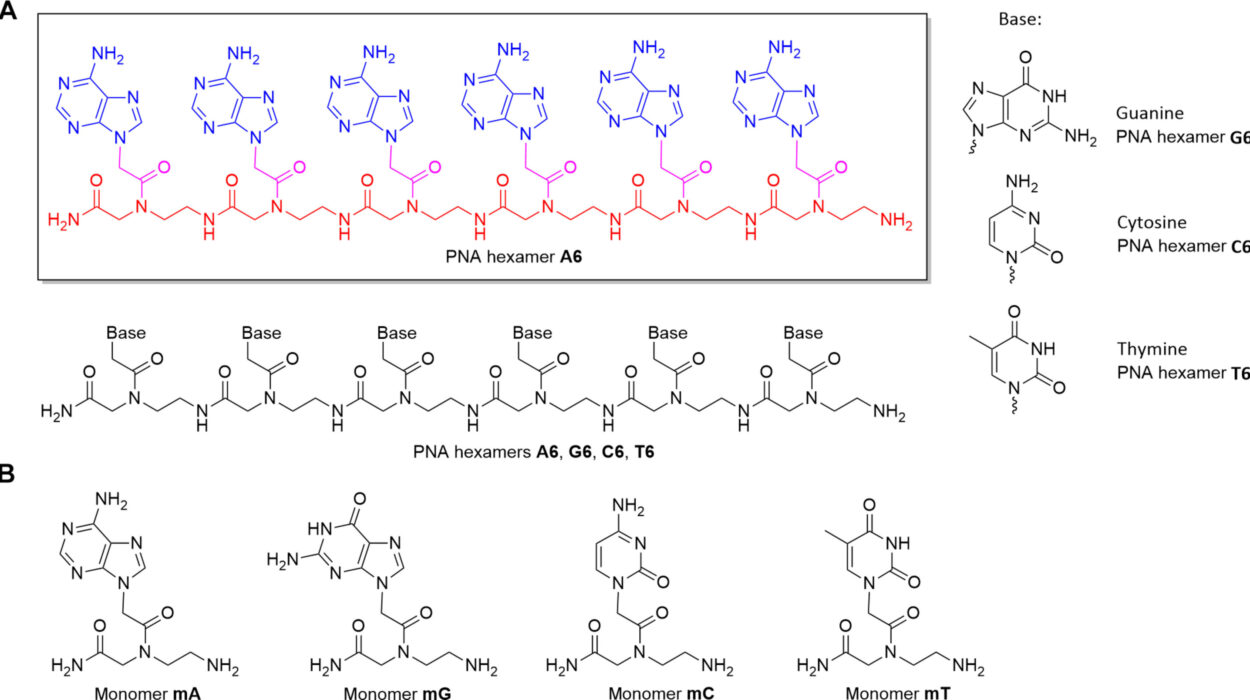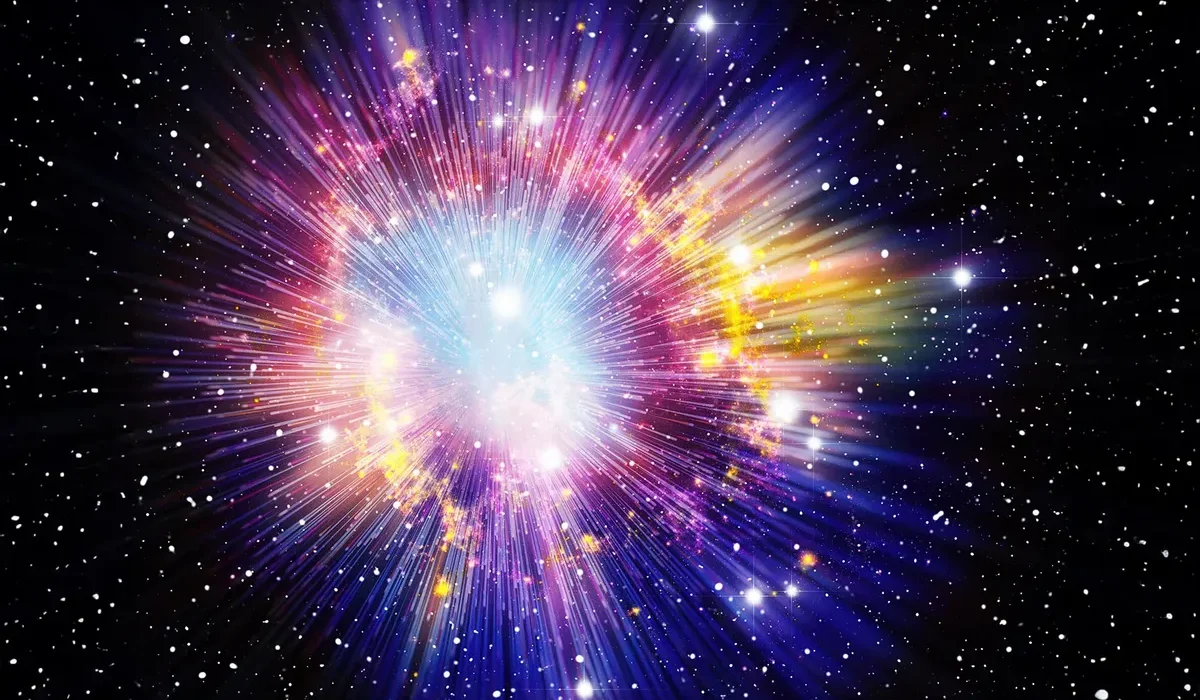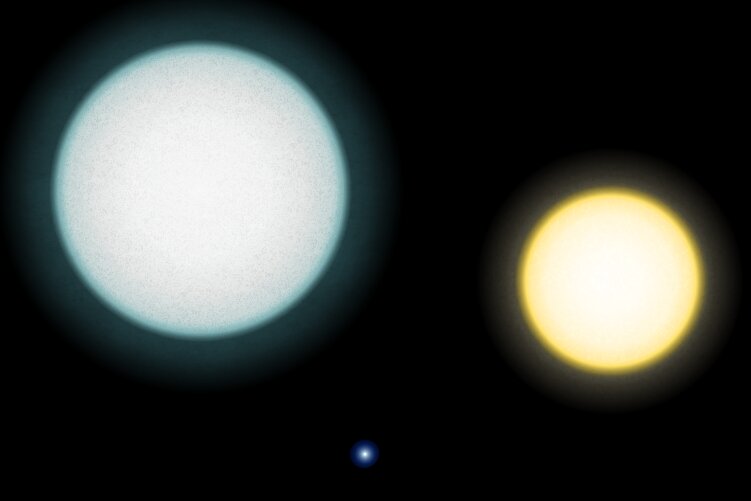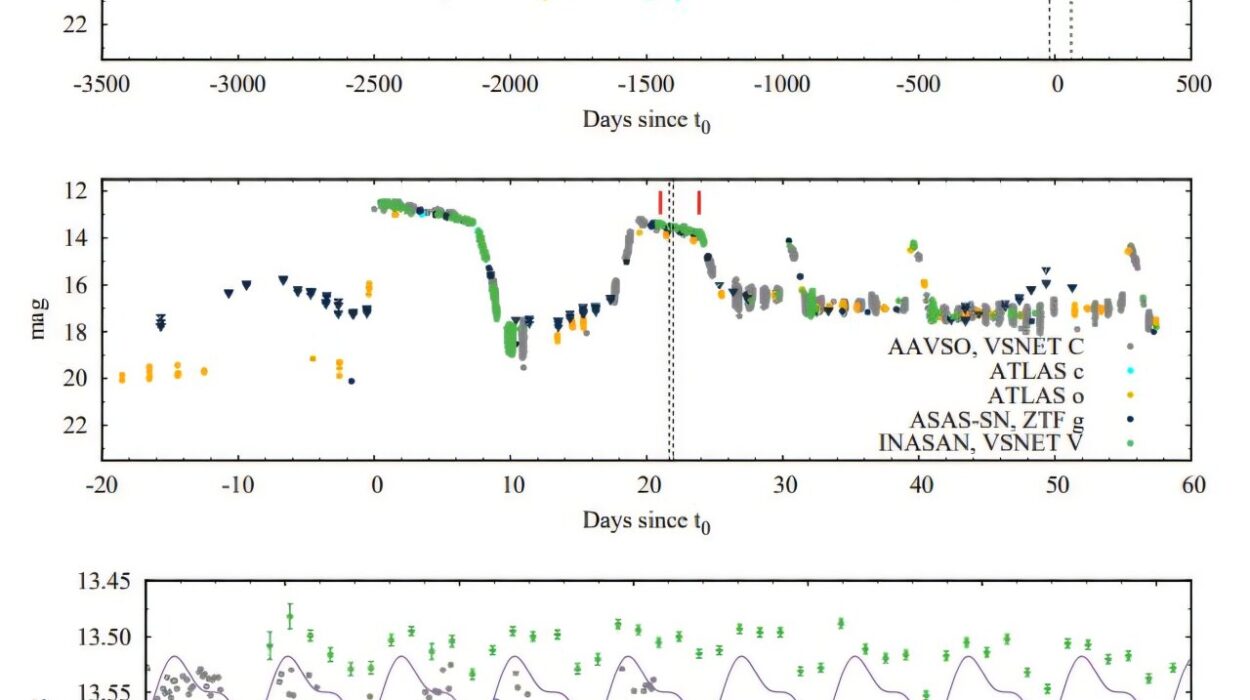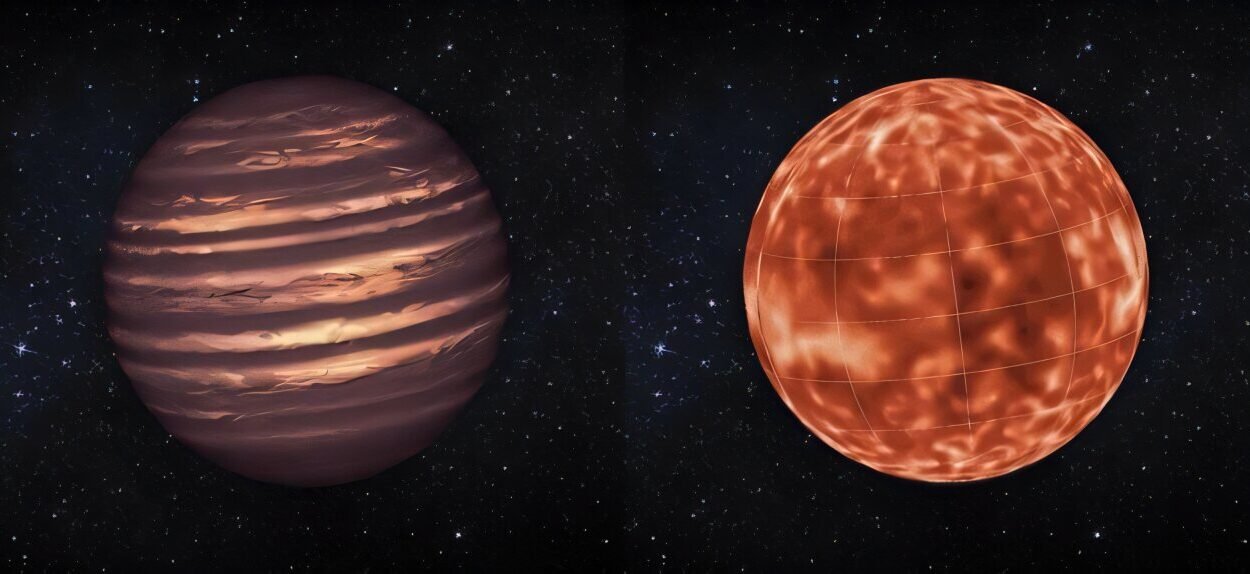High above the Earth, woven into the intricate tapestry of the Virgo constellation, a spiral galaxy glimmers with quiet mystery. Its name is NGC 4527, and for centuries it has been cataloged, observed, and admired—its luminous arms coiled tightly around a hidden heart. Now, new radio observations from a team of Argentinian astronomers suggest this galaxy may be on the edge of a transformation. The research, led by Camila Ailen Galante of the National University of La Plata, has revealed subtle but profound signals that this calm galaxy may house an active galactic nucleus—a supermassive black hole slowly waking from slumber.
Their findings, published July 2 on the arXiv preprint server, combine cutting-edge radio data from the upgraded Giant Metrewave Radio Telescope (uGMRT) in India with archival infrared and X-ray observations. What they found tells the story of a galaxy that, while seemingly quiet on the surface, is quietly roaring to life deep within.
A Galaxy With a Turbulent Past
NGC 4527 has always been peculiar. Situated roughly 49 million light-years away, it sits edge-on from our perspective, its bright central bulge bisected by a dusty disk. Classified as a starburst galaxy, NGC 4527 shines brightly in the infrared—about 26 billion times the luminosity of our Sun. This is due to its impressive star formation rate: roughly three solar masses’ worth of new stars born every year.
But for all its brilliance, something didn’t quite fit.
Unlike other famous starburst galaxies like M82 or NGC 253, which convert their gas into stars at a furious pace, NGC 4527 seems to be holding back. It possesses all the ingredients—massive molecular gas reservoirs, a turbulent disk, and even past supernovae—but converts far less of this raw material into stars than it should.
This paradox led astronomers to suspect that the galaxy might be in a rare state: a pre-starburst phase, a kind of cosmic deep breath before a rapid, explosive episode of star formation. But to test that theory, they needed to peer deeper into its core.
Peering Into the Heart With Radio Eyes
The upgraded Giant Metrewave Radio Telescope, or uGMRT, is one of the most sensitive low-frequency radio arrays in the world. Located in India and recently enhanced for greater clarity, uGMRT allowed Galante’s team to observe NGC 4527 at 700 MHz (Band 4) and 1,230 MHz (Band 5). These frequencies are especially useful for studying diffuse radio emission and tracing non-thermal processes—phenomena typically associated with powerful jets, supernovae, and black holes.
What the team found was both subtle and striking.
Across the large-scale disk of the galaxy, the radio emission closely followed the distribution of stars. There was no extended radio halo, which might have indicated powerful cosmic winds or supernova-driven outflows. But embedded within this familiar pattern were signatures that pointed to something far more exotic.
Tracing the Echoes of Destruction
Using the spectral index—a tool that helps astronomers distinguish between different emission mechanisms—the researchers found evidence for polycyclic aromatic hydrocarbons (PAHs), complex organic molecules often linked to star-forming regions. But intriguingly, in the more energetic zones of the galaxy, those molecules appeared to be destroyed.
This destruction pointed to intense radiation or shockwaves—both of which can result from violent processes like supernovae or the influence of an active galactic nucleus (AGN). PAHs are fragile. Their presence suggests life-giving star formation; their absence, the touch of something far more powerful.
A Triad of Signals in the Core
The most compelling clue came from the galaxy’s central region. There, the team identified three compact radio sources. One was located directly at the galaxy’s nucleus. It exhibited a non-thermal spectral index, consistent with synchrotron radiation—emission produced when high-speed electrons spiral around magnetic fields, typically seen in environments shaped by black holes or neutron stars.
Flanking this central source were two others, nearly symmetrical, each about 1,300 light-years from the core. These outer sources had flatter spectral indices, suggesting a different origin—possibly compact regions of star formation or remnants of past activity. Their symmetry hinted at an outflow or jet-like feature, possibly ejected from the center.
Taken together, these structures form a pattern often associated with AGNs: a central engine flanked by lobes or knots of activity, shaped by powerful, directional forces.
Is There a Sleeping Giant at the Center?
When galaxies harbor supermassive black holes, the signs are not always obvious. Some blaze brightly, devouring matter and blasting out jets of radiation across intergalactic space. Others are quieter—what astronomers call low-luminosity AGNs, whispering instead of roaring.
The behavior of NGC 4527’s core points toward such a quietly simmering nucleus. Add to this the recent detection of X-rays in the same central region—another hallmark of AGN activity—and the case becomes stronger.
The researchers propose that NGC 4527 contains not just an active black hole, but also a circumnuclear star-forming ring—a ring of newly forming stars that may have been sparked by the AGN itself. How? Through a process as elegant as it is violent.
If the black hole’s accretion disk is (or was) undergoing a super-Eddington phase—a state where the rate of infalling matter temporarily exceeds what the black hole can absorb—it could drive dense winds outward. If those winds cannot escape the galaxy’s gravity, they fall back toward the disk, compressing gas into a ring-shaped structure a few hundred parsecs from the center. There, the pressure may become high enough to ignite new star formation, sculpted by the breath of the black hole itself.
A Cosmic Tipping Point
NGC 4527 may be perched at a crucial inflection point in its life—a galaxy gathering momentum, gathering gas, preparing either to explode into a burst of stars or awaken a black hole fully. It is, in many ways, a galaxy on the cusp of transformation, and this new radio data provides a rare glimpse into that process.
But while the evidence is strong, the astronomers remain cautious.
More work is needed—variability studies, which look for changing brightness in the core over time, and higher-resolution observations using instruments like the Very Large Array (VLA) or ALMA. Only then can scientists confirm whether the signals truly originate from a black hole, and how its presence is shaping the galaxy around it.
Why This Discovery Matters
NGC 4527 isn’t just another galaxy. It’s a laboratory—a natural experiment playing out 49 million light-years away. By studying it, astronomers can better understand how black holes influence their host galaxies, not just by devouring matter, but by regulating star formation, redistributing gas, and shaping the cosmic ecosystems in which stars and planets are born.
In the larger puzzle of galaxy evolution, cases like NGC 4527 are critical. They remind us that the universe does not work in binaries of active or inactive, chaotic or calm. Often, it operates in the gray zones, the transitional phases, where invisible forces slowly shift the destiny of entire galaxies.
For now, NGC 4527 continues to spiral quietly in the Virgo sky. But thanks to the work of Camila Galante and her team, we know it may not stay quiet for long. Something ancient is stirring—and the universe is listening.
Reference: C. A. Galante et al, High resolution radio analysis of the starburst galaxy NGC 4527: signatures of an AGN core, arXiv (2025). DOI: 10.48550/arxiv.2507.02204
